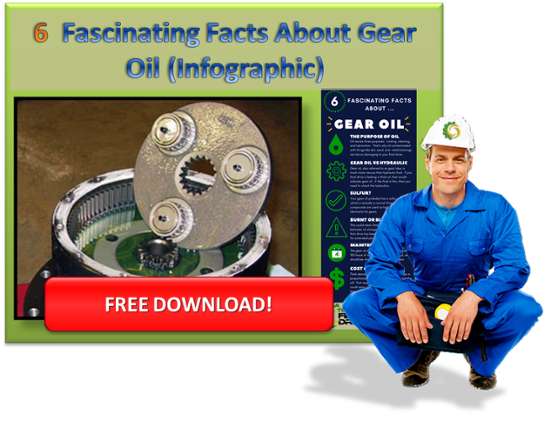When it comes to final drive motors, gear oil is the quiet workhorse that makes everything else possible. It cushions the gears, keeps heat under control, and prevents metal-on-metal destruction. But here’s the catch: when gear oil is neglected or handled the wrong way, it can turn into the very thing that shortens the life of your machine.

Let’s walk through five of the most common mistakes operators make, and why each one can spell disaster if you’re not paying attention.
Here are some additional blog posts you might find interesting:
- The Case Drain Filter: A Small Component That Prevents Big Trouble
- 5 Reasons a Final Drive Can Lack Power
- Hydraulic Motor Wear and How to Minimize It
1. Using the Wrong Viscosity
Not all gear oils are created equal. Some are too thin and lose their protective film under heavy loads. Others are so thick they cannot circulate properly, starving bearings and gears of lubrication. Both extremes lead to one outcome: faster wear. The right viscosity depends on your equipment specs and the environment you’re running in. Skip the guesswork and check the manual or talk to your supplier before pouring in the wrong stuff.
2. Ignoring Water Contamination
Water and oil do not mix, but inside a final drive they can meet more often than you might think. Pressure washing, rain, or even condensation can sneak water past seals. Once it is in there, rust and corrosion get to work on your bearings and gear teeth. Water also thins the oil, which means less protection when you need it most. If you ever see that telltale milky oil when you drain it, you have got a problem that needs fixing fast.
3. Forgetting to Change It Regularly
Gear oil does not last forever. Over time, heat and mechanical stress break it down, leaving it with less ability to protect your final drive. Skipping oil changes is like skipping oil changes in your truck. Maybe it runs fine for a while, but you are playing with fire. A simple schedule for draining and refilling can save thousands in repair bills down the line.
4. Mixing Different Oils
It is tempting to top off with whatever is on the shelf, but mixing oils is asking for trouble. Additives can clash, forming sludge or stripping away the very properties the oil was designed to deliver. Even if the viscosities appear the same, the underlying chemistry may not work well together. Once that balance is upset, your oil cannot do its job, and your final drive pays the price.
5. Not Using Oil with Proper EP Additives
Final drives work under extreme pressure (EP), and that is exactly where EP additives earn their keep. These additives form a protective layer on gear teeth, preventing welding and scoring when loads peak. Run without them and you are essentially grinding metal against metal. The wear might not show up right away, but when it does, you will be looking at a rebuild instead of a quick oil change.
Wrapping It Up
Gear oil might not look like much when you pour it out of a jug, but it holds the line between a smooth-running final drive and a catastrophic breakdown. Using the wrong type, letting water in, skipping changes, mixing brands, or ignoring EP protection can all put your machine in the shop.
The good news is that every single one of these mistakes is avoidable. Keep your oil clean, fresh, and chosen with care, and your final drive will reward you with years of reliable service.
Our sister, Final Drive Parts, has specially formulated gear oil for excavators. Be sure to check it out!


